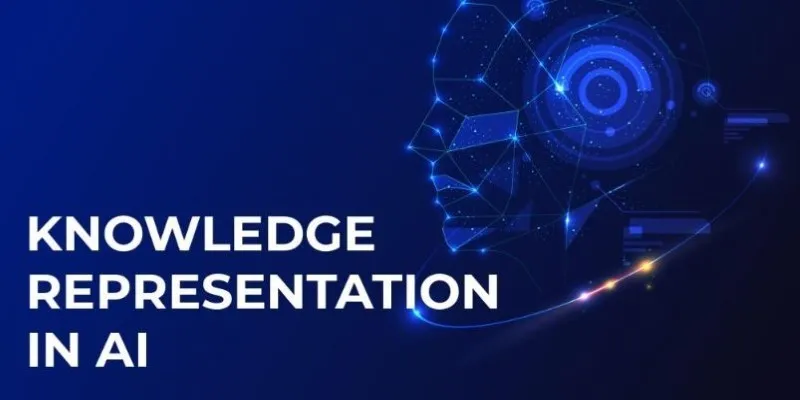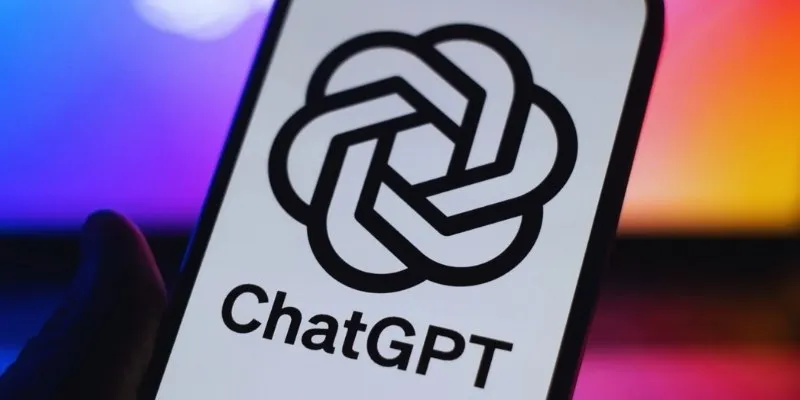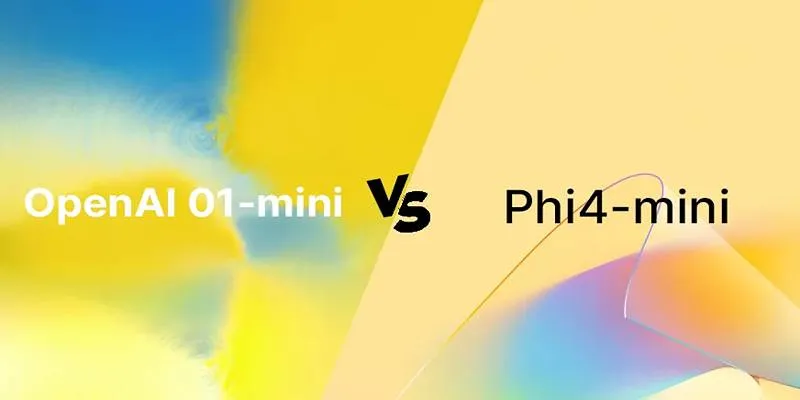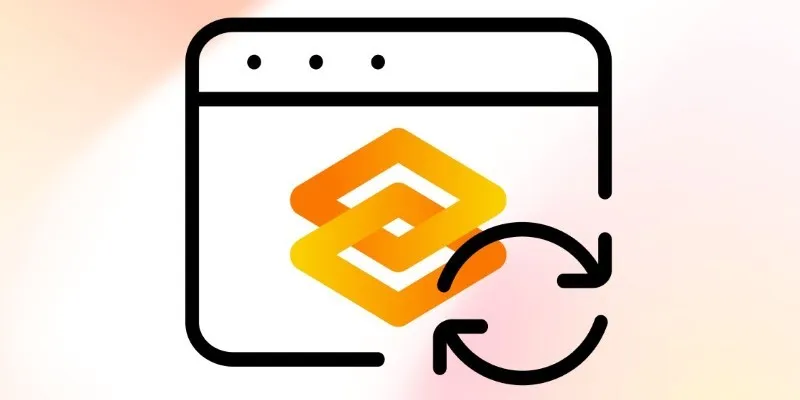Google has introduced Gemma, an open-source family of lightweight generative AI (GenAI) models, designed to enhance efficiency and accessibility for developers. Originating from Google DeepMind, Gemma is optimized for text generation, multimodal reasoning, and agentic AI workflows. This article delves into Gemma’s unique features, architectural details, applications, and competitive advantages in the generative AI technology market.
What Is Gemma?
 Recently released by
Google, Gemma represents its latest open-source AI initiative. Since its debut
on February 21, 2024, by Google DeepMind, Gemma aims to provide developers
with versatile and efficient generative AI tools. Its efficiency and
accessibility set it apart from larger models like OpenAI’s GPT-4 and Google’s
Gemini Ultra chatbot. Gemma operates efficiently with minimal computer
resources, making it accessible on laptops, desktops, mobile devices, and
cloud infrastructure.
Recently released by
Google, Gemma represents its latest open-source AI initiative. Since its debut
on February 21, 2024, by Google DeepMind, Gemma aims to provide developers
with versatile and efficient generative AI tools. Its efficiency and
accessibility set it apart from larger models like OpenAI’s GPT-4 and Google’s
Gemini Ultra chatbot. Gemma operates efficiently with minimal computer
resources, making it accessible on laptops, desktops, mobile devices, and
cloud infrastructure.
Key Features of Gemma
1. Lightweight Architecture
Gemma’s models are more compact than mainstream generative AI systems, offering enhanced speed and simplicity in deployment. The initial versions, Gemma 2B and Gemma 7B, were followed by Gemma 9B, 27B, and the current Gemma 3 series, featuring up to 27B parameters. This compact form reduces resource requirements, allowing efficient operation on mobile devices, including smartphones, and low-resource edge systems.
2. Multimodal Capabilities
Released on March 10, 2025, Gemma 3 introduced multimodal reasoning capabilities, processing text alongside images and short videos. Gemma can perform tasks like medical image analysis with associated patient documentation, generate descriptions from image inputs, and convert text to video scripts. Retail companies can use Gemma to automatically produce marketing content by linking products with customer reviews.
3. Extended Context Window
Gemma 3’s context window extends to 128,000 tokens, enabling efficient large- scale information processing—a 50% improvement over previous versions. This allows Gemma to analyze long contracts or patents effectively, maintaining extensive text context across 128,000 tokens at a time.
4. Multilingual Support
Gemma supports over 140 languages, optimized for global applications requiring multilingual functions. This enables travel platforms to deliver instant review translation services and multilingual customer support without needing individual models for each language.
5. Open-Sourced Flexibility
Google provides Gemma model weights in an open format, allowing developers to optimize and customize them for specific purposes while ensuring responsible commercial use. For example, a financial company could tailor Gemma to detect transaction fraud by training it with proprietary financial data.
6. Hardware Optimization
Gemma operates smoothly on Nvidia GPUs, Google Cloud TPUs, and CPUs. In collaboration with Nvidia, Google optimized real-time applications like live video stream captioning using the TensorRT-LLM library.
Applications of Gemma
Gemma’s flexible design enables its application across various industries:
1. Text Generation
Gemma excels in natural language processing (NLP) tasks like summarization, question answering, translation, and creative writing. News organizations can generate article summaries from press releases, while educational institutions can use it to create quiz questions from textbook content.
2. Multimodal Reasoning
Gemma’s text analysis features allow it to process media files such as images and text, making it suitable for visual data processing applications and content moderation. Social media platforms can use Gemma to detect inappropriate content by comparing user remarks with uploaded pictures.
3. Agentic AI Workflows
Gemma automates dynamic procedure execution and structured output processing, essential for developing autonomous systems. An e-commerce company can deploy an AI agent to manage customer returns by scanning product visuals and autonomously generating labels and updating inventory.
4. Code Generation
The CodeGemma version specializes in code debugging and documentation creation for software applications. Developers can integrate CodeGemma with Visual Studio Code to automate coding tasks and receive performance suggestions.
5. Healthcare
Gemma assists in medical research through its data processing capabilities, enabling tasks like clinical note summarization and diagnostic image analysis. Hospitals use Gemma to compare MRI scans against patient records to detect potential medical issues.
6. Cybersecurity
ShieldGemma performs security checks, making it ideal for controlled environments with sensitive data. Financial organizations use ShieldGemma to monitor transaction logs for suspicious activities and generate automated incident reports.
How Developers Can Use Gemma
** **Google provides
comprehensive support for integrating Gemma into projects.
**Google provides
comprehensive support for integrating Gemma into projects.
- Developer tools, including Hugging Face Transformers, PyTorch, JAX, and Keras 3.0, simplify model deployment and customization for tasks like legal document parsing and regional dialect translation.
- Pretrained weights help developers save time when adapting models for specific applications. For instance, a logistics company could use the Gemma base model to create a route optimization tool with proprietary GPS data.
- Gemma serves as a deployable platform for scalable applications on Google Cloud Vertex AI or Kubernetes Engine (GKE). A startup can use Vertex AI to create Gemma-powered chatbots for global customer inquiries.
- Pre-built notebooks on Colab & Kaggle platforms offer advanced functionality for model development and inference testing. Data scientists can quickly create a sentiment analysis tool for social media posts using these notebooks.
- Community Resources, including the “Gemmaverse,” showcase innovative projects using Gemma models, such as a multilingual poetry generator and a tool that turns sketches into code prototypes.
Challenges Addressed by Gemma
Gemma helps solve several development challenges:
- Organizations with limited budgets found large-scale LLM training costly due to high-performance hardware needs. Gemma’s reduced size lowers barriers for startups and research institutions, enabling low-budget experimentation.
- System limitations in GPT-4 restricted customization, complicating specialized application development. Gemma’s open-weight approach allows developers to modify architecture and training data freely.
- Previously, multiple models were needed to analyze text with images and videos. Gemma provides an integrated platform, streamlining operations and reducing processing times.
- Contracted models often limit access to training data definitions and decision-making processes. Gemma’s open-source framework allows users to audit its architecture and datasets, maintaining trust.
Conclusion
Gemma empowers organizations to create innovative applications with its lightweight architecture and multimodal capabilities, backed by strong developer support. Google’s Gemma is set to transform generative AI, enabling developers worldwide to build responsible innovations and explore new possibilities across various industries.
 zfn9
zfn9























